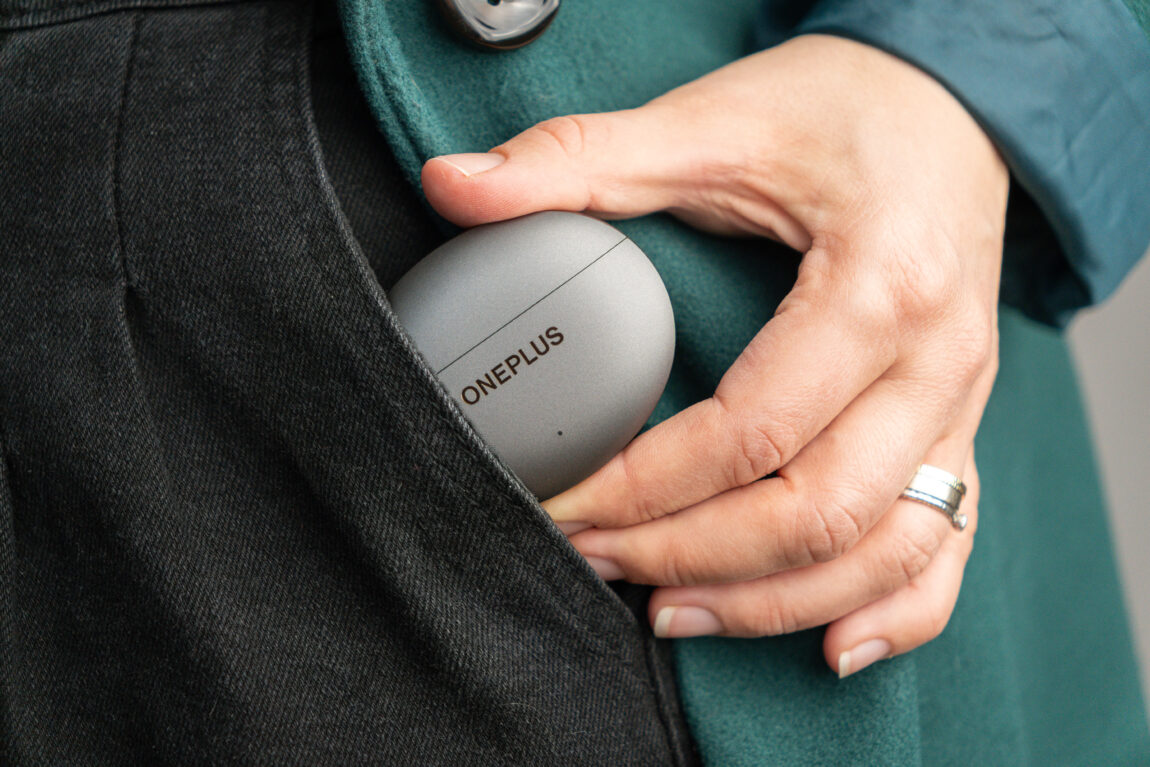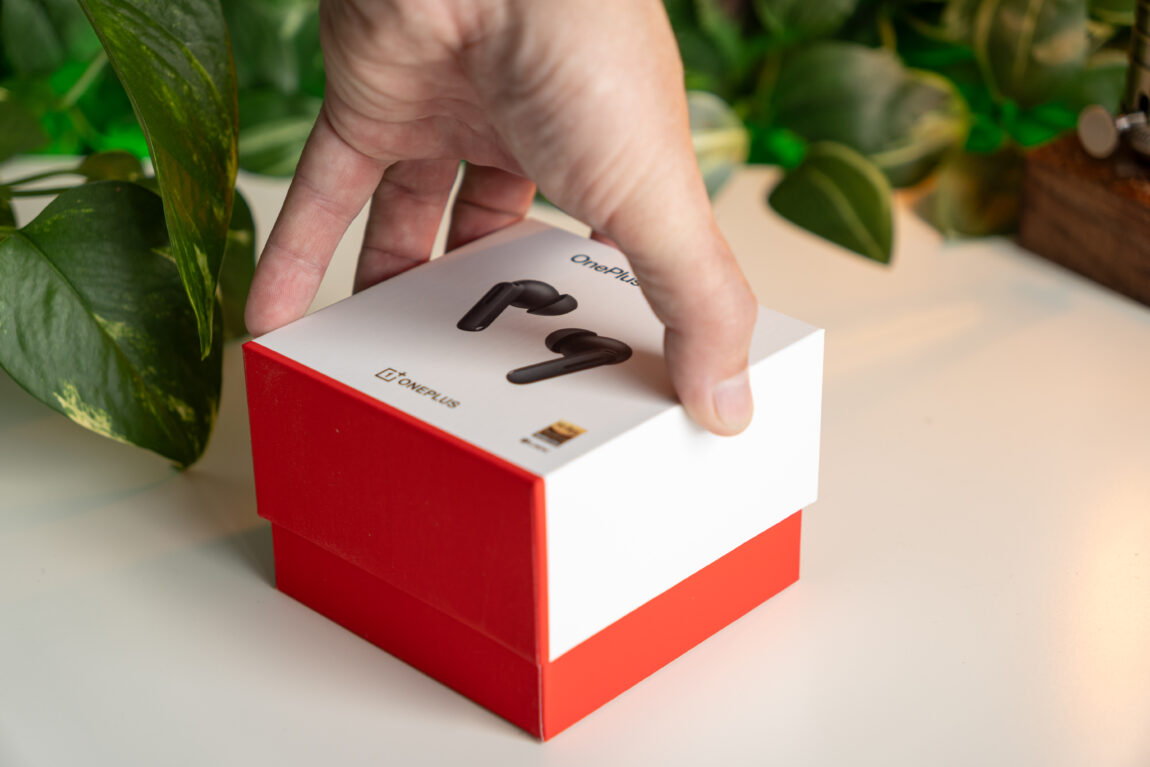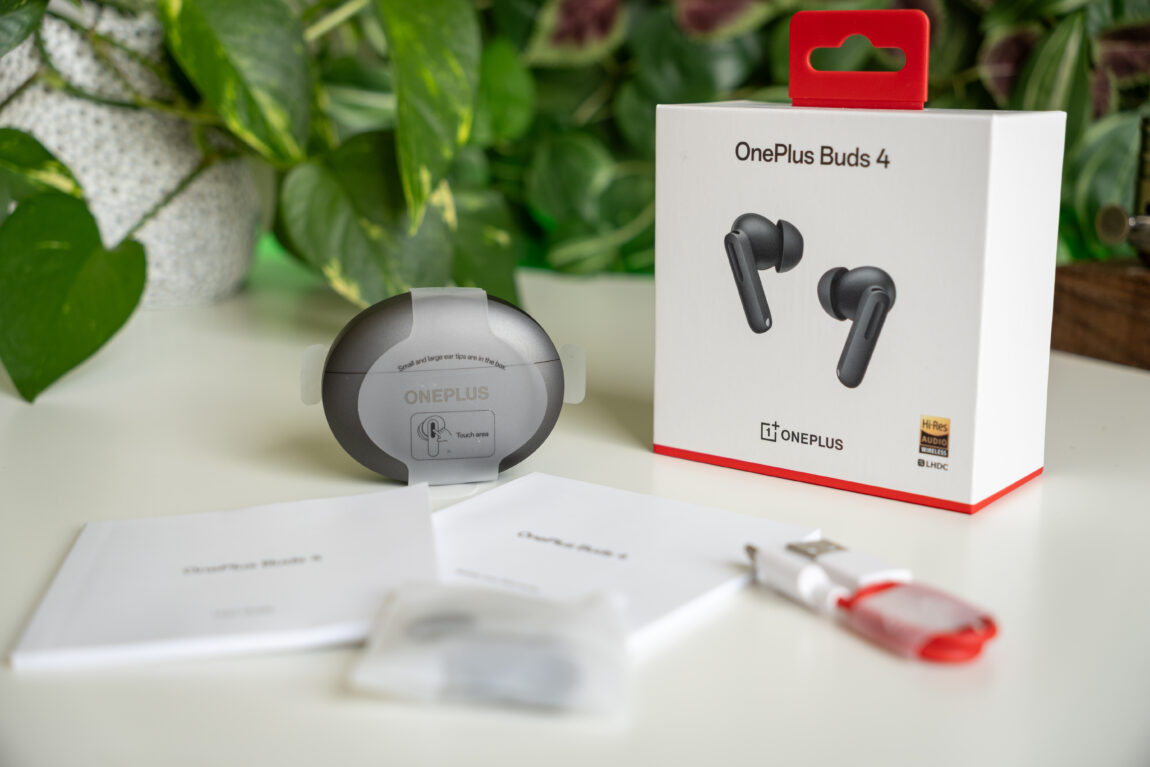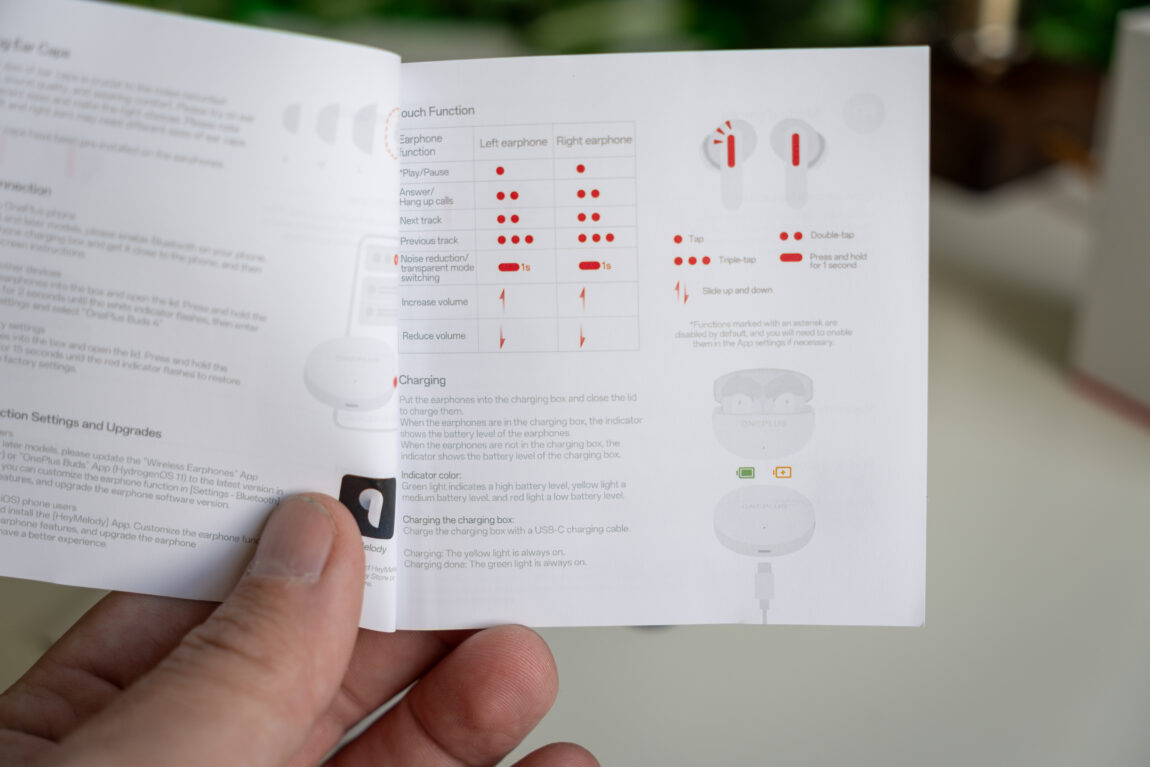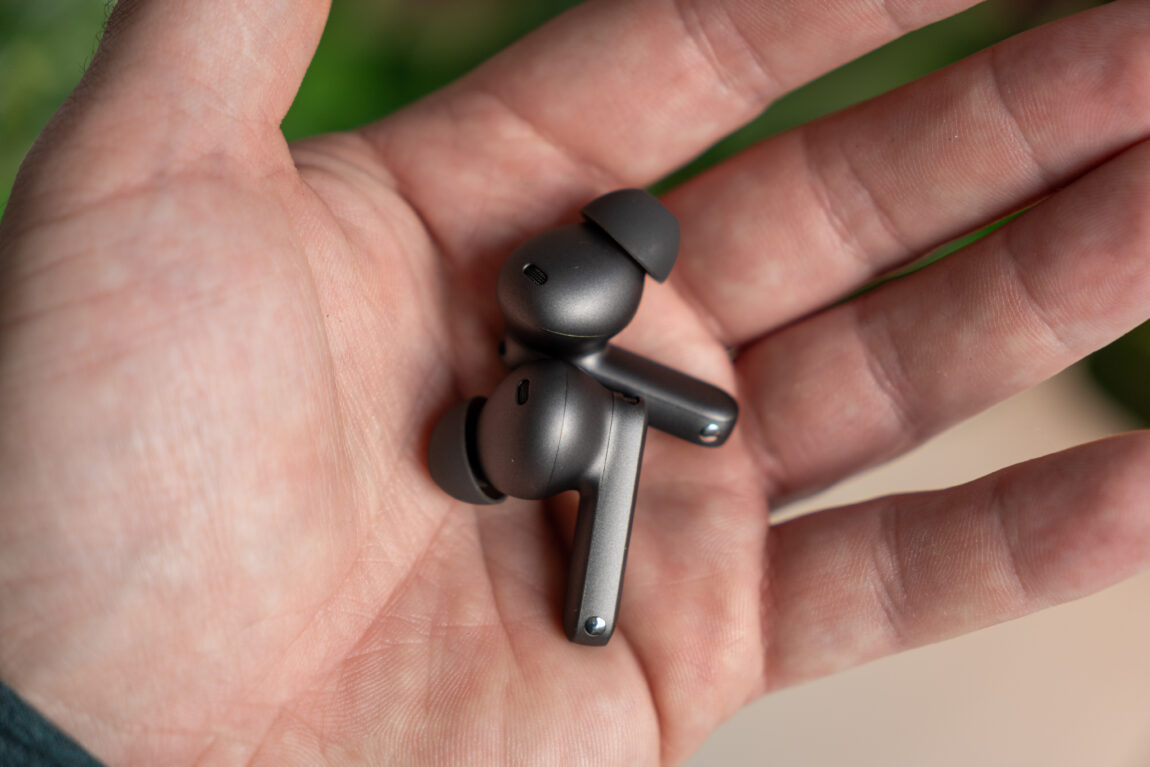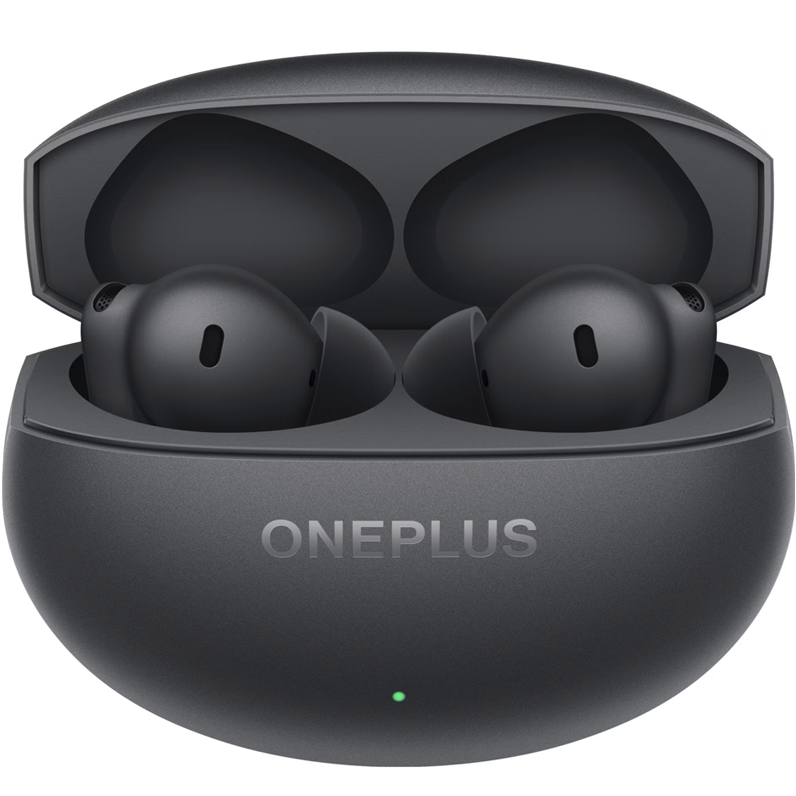Almost a year after reviewing the Buds Pro 3, I was eagerly awaiting the arrival of the OnePlus Buds 4. The Pro 3 left a good impression, so I expect something similar from this model, even if it is without the „Pro“ badge. In terms of technical characteristics, both models are very close, but with technology constantly changing, let's see what has changed, what has improved, and where there are still shortcomings.
OnePlus Buds 4
Assessment:
What did we like?
What didn't we like?
Unpacking and first impressions
Opening the box gives me a sense of déjà vu - everything is very similar and retains the recognizable OnePlus style. Inside I find the headphones with a case, user manual, USB-C charging cable, and two additional pairs of silicone tips.
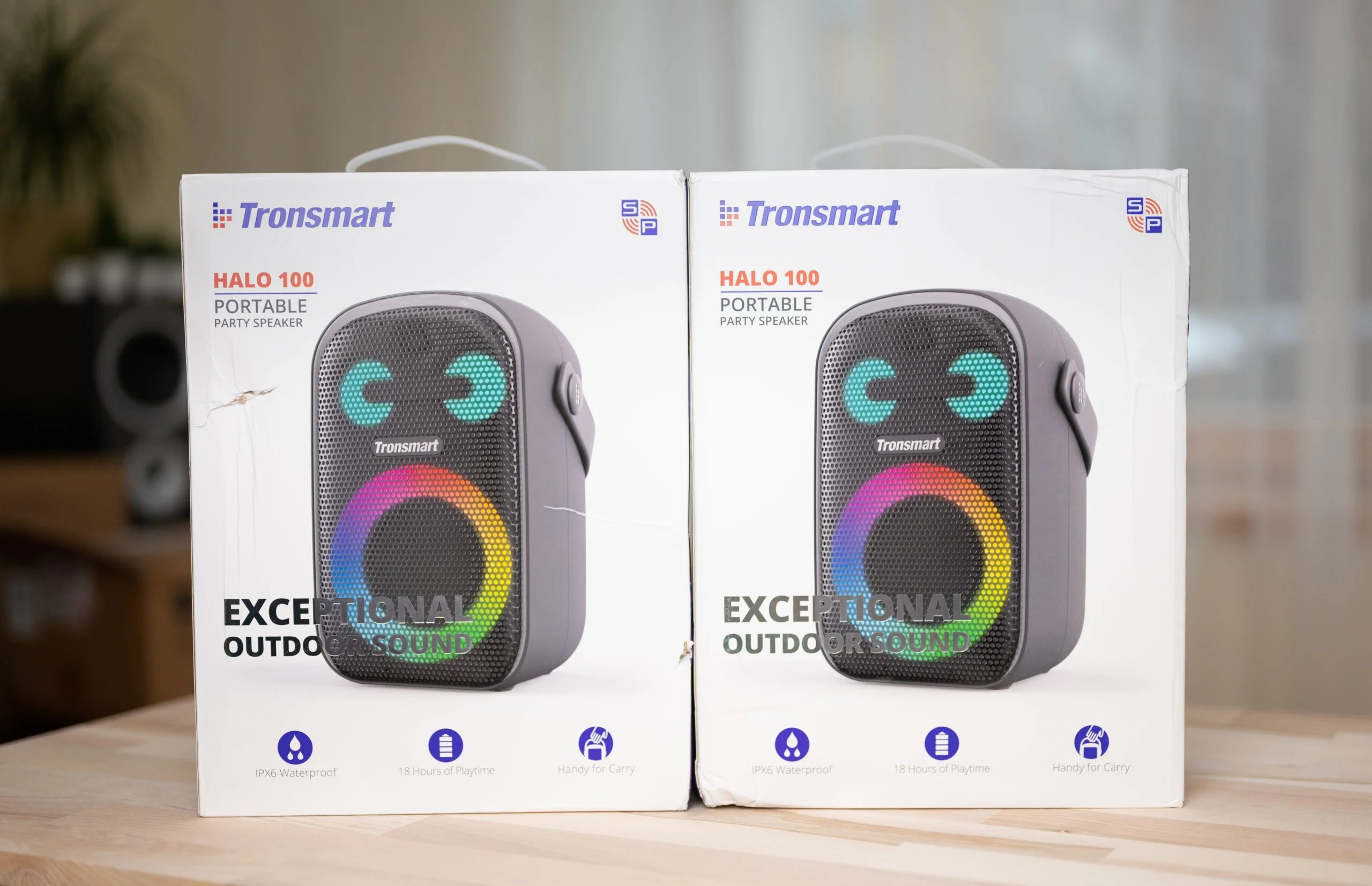
While the Buds Pro 3 case had a faux leather pattern, the Buds 4 opts for a simpler, smooth plastic design. The shape remains the same - it fits perfectly in your pocket, and the lid closes with a solid, pleasant click. It's a shame, but there's no longer the wireless charging that the previous model had.
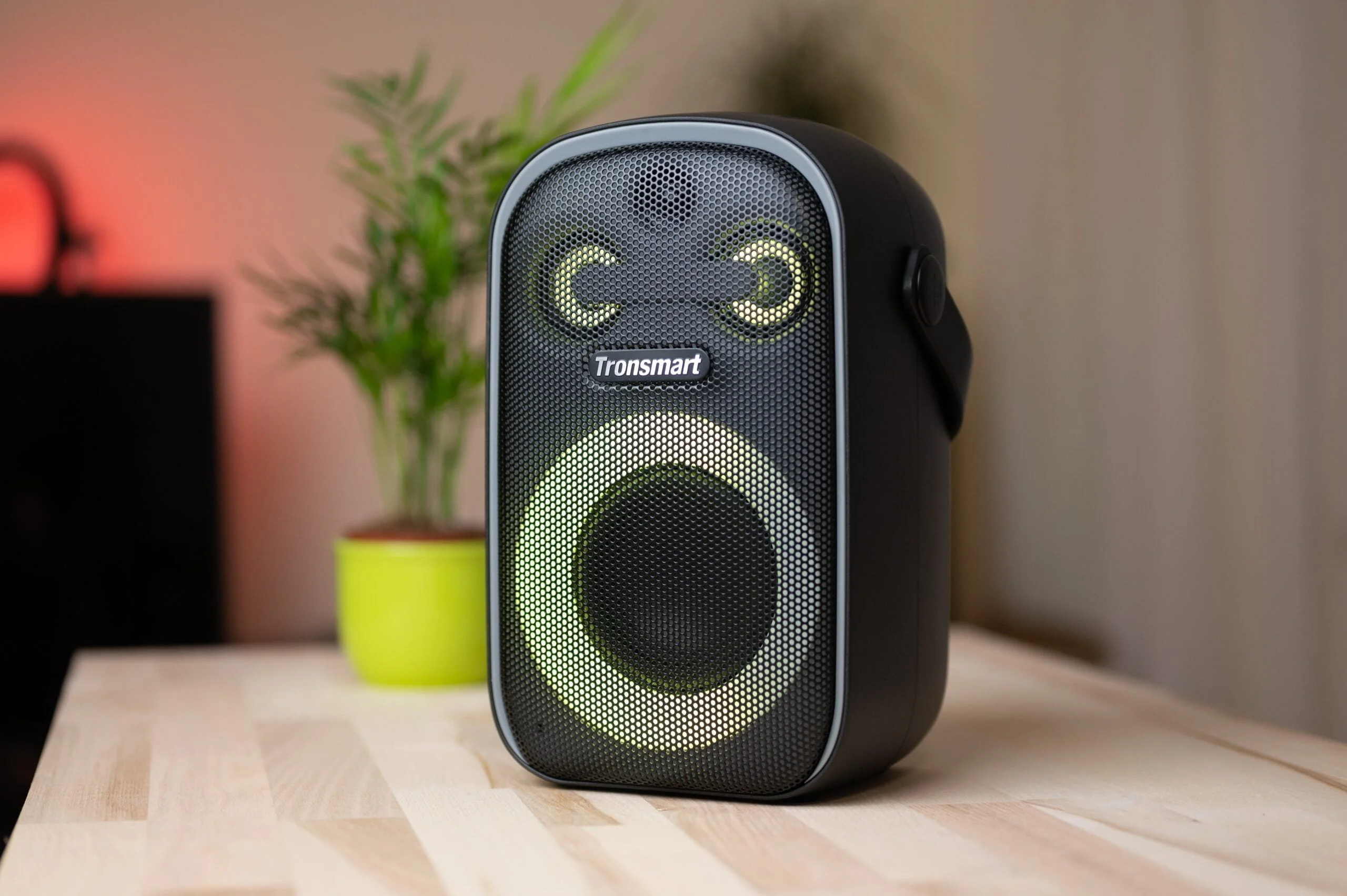
The headphones themselves are lightweight, plastic, and feel hollow. That's not necessarily a bad thing - a lightweight body means less discomfort during extended listening. The shape is ergonomic, fits snugly in the ears, and doesn't press anywhere.

App
The HeyMelody app is designed to control the headphones. It allows you to adjust the noise cancellation strength, equalizer settings, enable dual device connection, change control gestures, etc. There have been almost no changes since the Buds Pro 3, so you can read more about the app in my in the previous review.

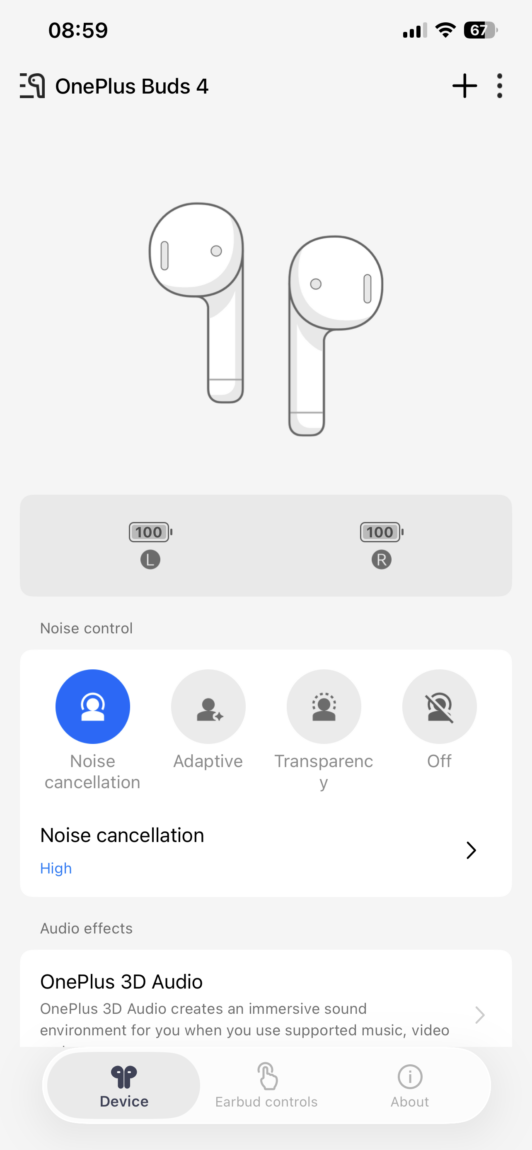
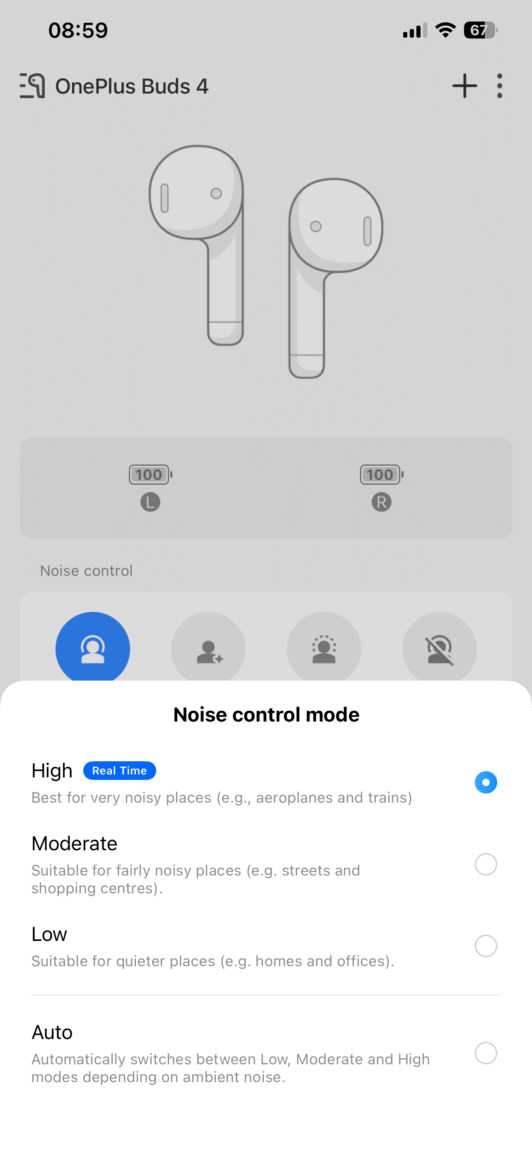
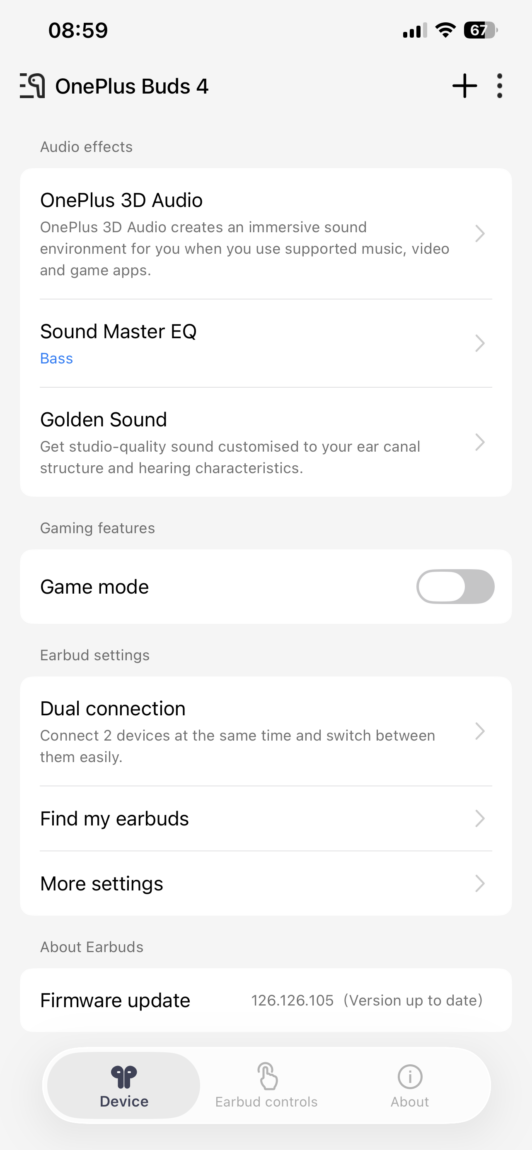


I can't help but mention one of my favorite features - Golden Sound. It plays sounds of various ranges and creates an individual equalizer based on each person's hearing and preferences. After this calibration, music sounds brighter, cleaner and more balanced - better than with the factory settings.
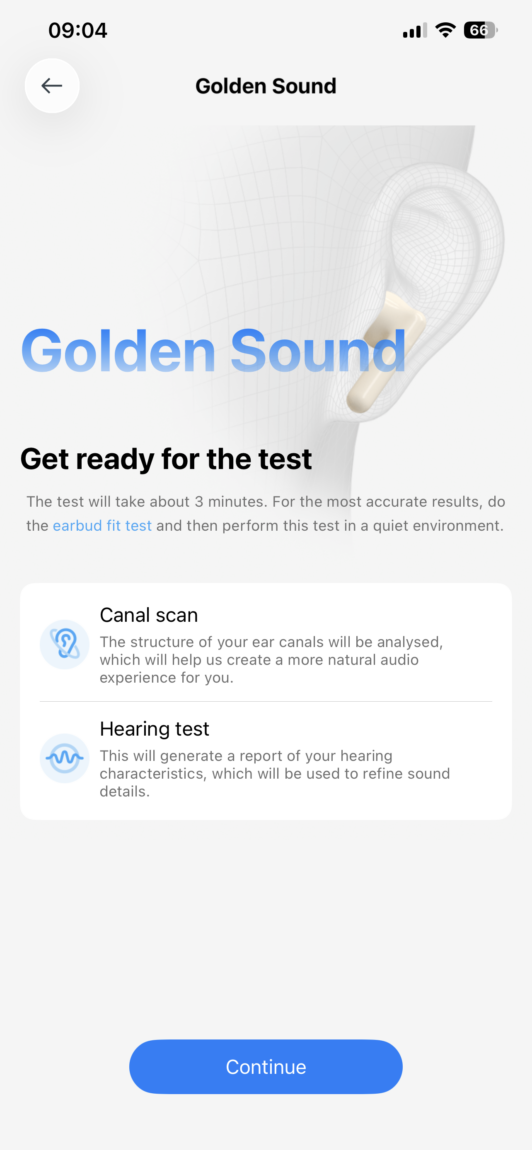
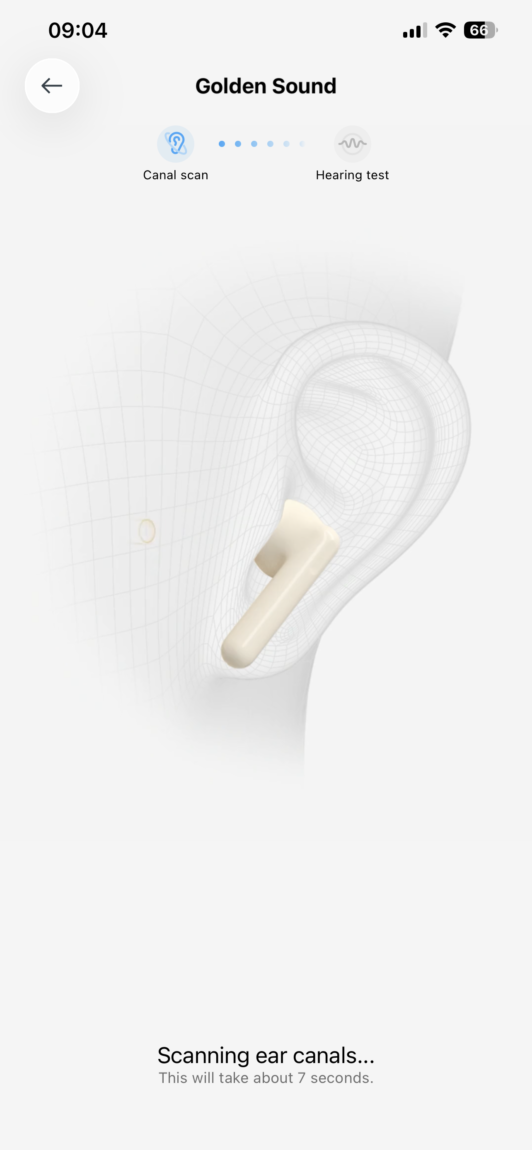

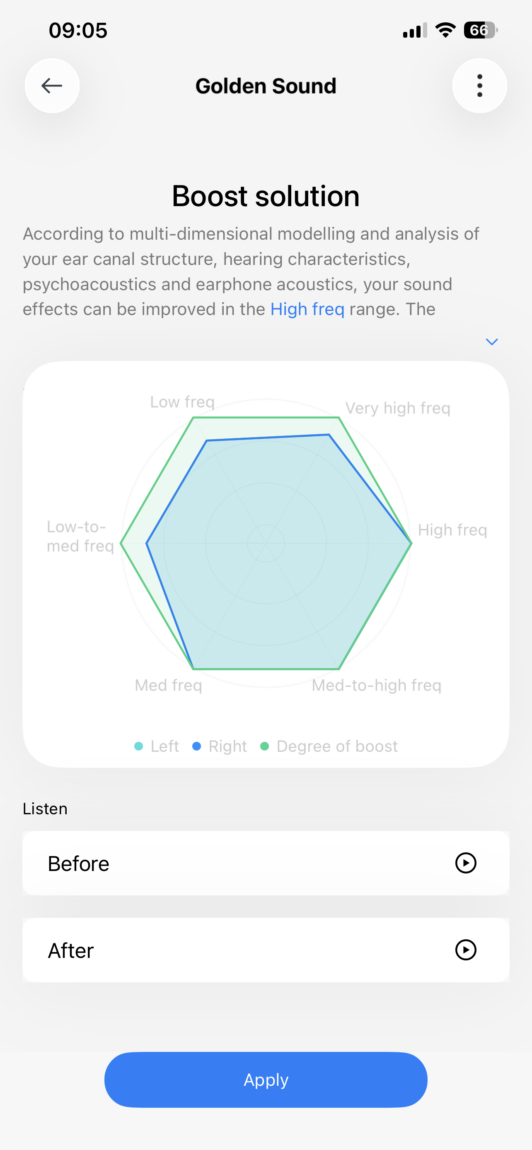
Active Noise Cancellation (ANC)
To be fair, the noise cancellation here is significantly better than the Pro 3. According to the technical specifications, the difference is only a few decibels, but in reality the ANC works more stably and reliably. During the entire period of use, there were no cases of missing noise or any interference.
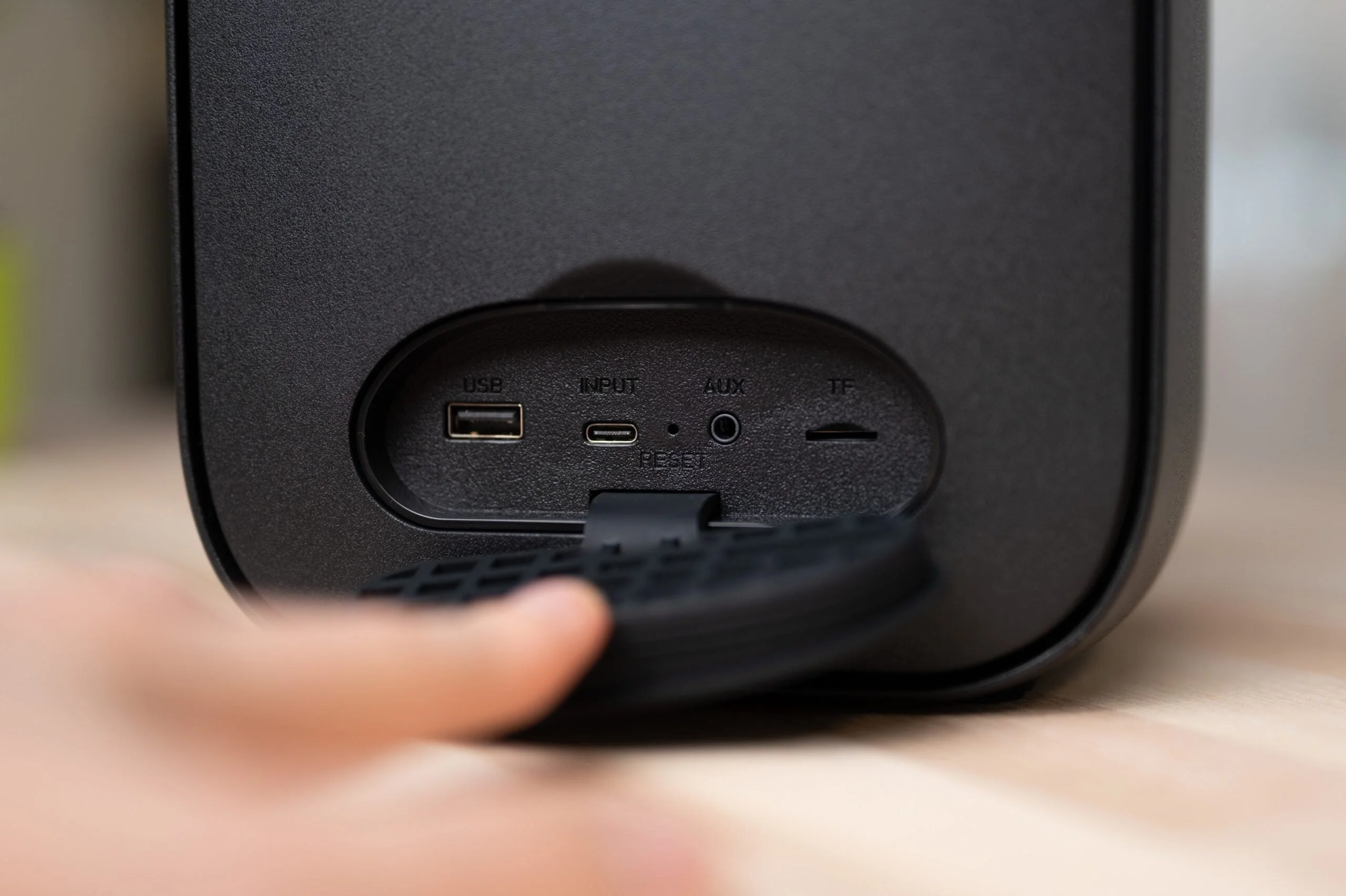
The new feature is adaptive noise cancellation. The headphones themselves determine when to turn on ANC and when to switch to transparency mode (when sounds are amplified for conversations as if you were without headphones). The idea is good, but in practice I didn't like this feature.

Firstly, switching between modes is slow: ANC turns on after 1-2 seconds, and a little faster when talking. Secondly, it doesn't always work accurately - louder noise doesn't always trigger ANC. Personally, it's easier to control the modes manually, keeping your finger on the headphone body.

However, the noise cancellation quality in these headphones has clearly improved. Even if it's not the highest level of ANC, they filter out external sounds very well. The only obvious enemy when it's better not to use ANC at all is strong wind (especially noticeable when cycling).

How do they sound?
The sound is one of the Buds 4's strongest points. These headphones have a very rich bass - but not so much that it gives you a headache. The midrange is clean, voices are heard clearly, and the highs are not muffled.

To add more space, you can enable 3D Audio mode. Although there are mixed reviews online, I liked this feature - the sound becomes wider, individual instruments stand out more clearly, and the music takes on a spatial stage feel.

Microphone
Don't expect miracles, but the microphone is good enough. In complete silence, the voice is heard clearly. On the street or in a noisy environment, extraneous sound is eliminated, but then the voice sounds "robotic" and seems a bit disconnected.
What did we like?
The big advantage of these headphones is comfort. Although the plastic body might look cheap, there is practically nothing to complain about. Due to their light weight, the headphones fit firmly and imperceptibly in the ears. Even after several hours of listening, there is no feeling of pressure or fatigue.

The battery life was also a pleasant surprise. Almost a week of normal use, or about 21 hours of music with ANC mostly on, is an excellent result.

What we didn't like?
However, not everything is perfect. One of the biggest drawbacks is limited functionality with iPhones or other Android phones from other manufacturers. While the Buds 4 support LHDC 5.0, Dolby Atmos, quick pairing, and control directly from the system, all of these features only work with OnePlus phones.

Another thing is the quality of the materials used. The lightweight plastic has its advantages, but to the touch it gives the impression of budget headphones. Of course, we don't hold the headphones in our hands all the time, but the feeling still betrays that this is not a "Pro" model.

And finally, adaptive noise cancellation. While the idea is good, in reality it works unevenly. Switching modes takes time, and louder noise is not always suppressed in time. For now, manual control remains a more reliable solution.

Verdict
The OnePlus Buds 4 are a perfect example of the saying "don't judge a book by its cover". Although they look modest at first glance, once you turn on the music, it turns out that these are very solid-sounding headphones. Stable and high-quality noise cancellation, good battery life and comfort for long-term use allow us to confidently say that these are one of the strongest headphones in their price segment.
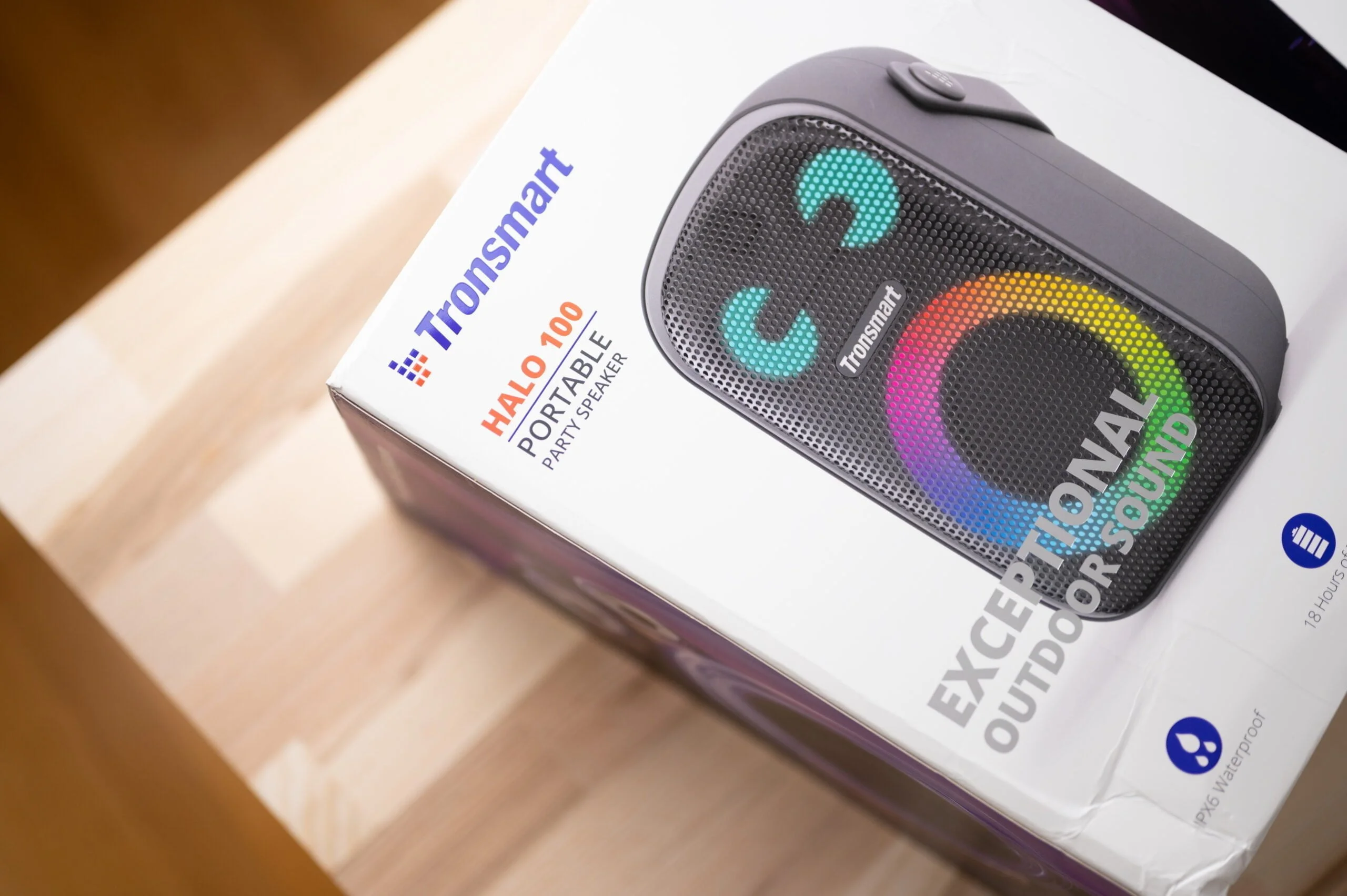
If I had to choose between the Buds Pro 3 and the Buds 4, I'd go with the latter. They're less "shiny," but practical, more reliable for everyday use, and less of a burden on the wallet.


